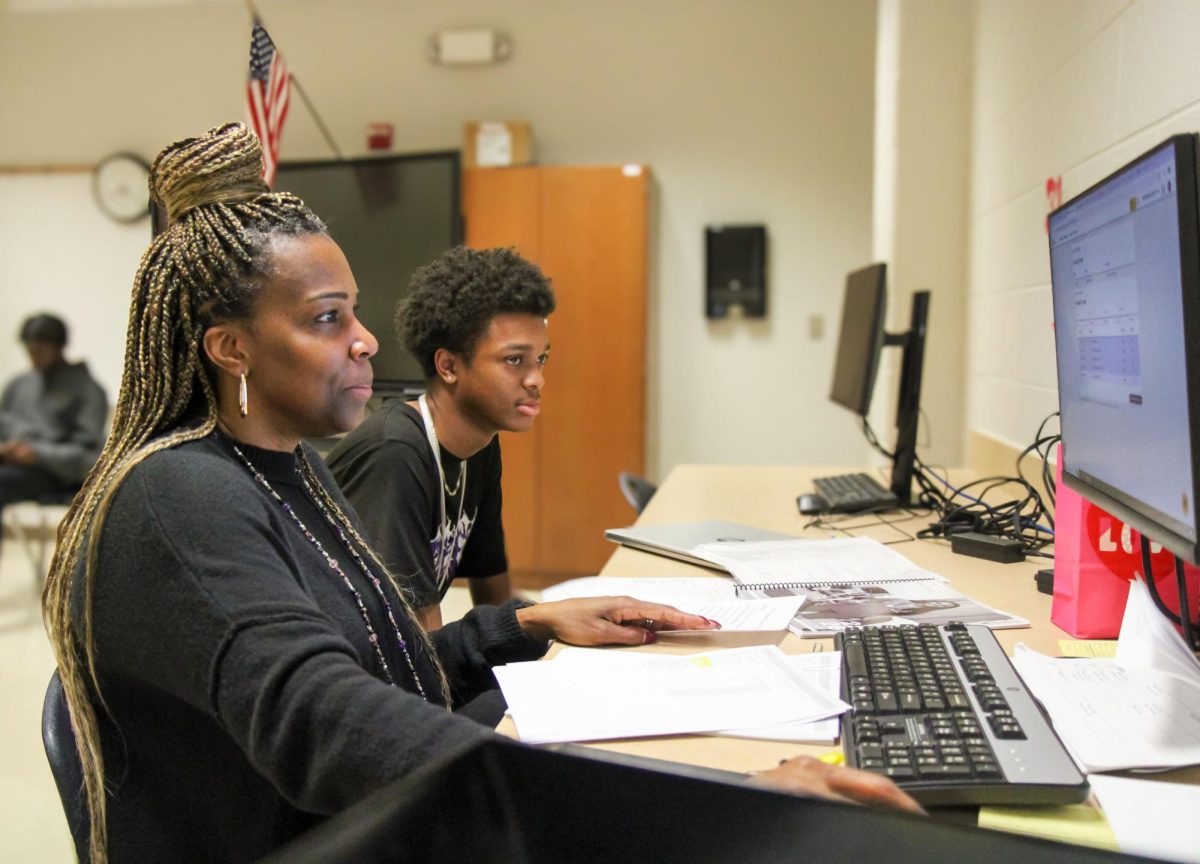
North America will be observing a total solar eclipse this Monday, Aug. 21. This is the first total eclipse passing over the continent since 1979, and it will not happen again until April of 2024.
Here’s a crash course on what to expect this Monday:
HOW SOLAR ECLIPSES WORK
It’s common knowledge that the earth is revolving around the sun. It’s also common knowledge that the moon is revolving around the earth. For a few moments every handful of years, the moon and the sun are both aligned with each other, and the moon’s shadow appears to block out the sun completely. This is called a total solar eclipse.
WHEN IS THE SOLAR ECLIPSE HAPPENING?
Although the eclipse will be completely seen across a path through the middle of America, it will only be partially seen in Texas. In Dallas, the eclipse will be at its maximum point at 1:09 PM local time.
HOW LONG WILL IT LAST?
At its best viewing location in Hopkinsville, Kentucky, the eclipse will last a total of two minutes and 44 seconds. Along the eclipse path, the time will hover around two minutes, and the farther away you are from this path, the shorter the time will be.
WAIT, ISN’T LOOKING AT THE SUN BAD FOR YOU?
Of course it is. And even though the moon is in front of the sun, you will still suffer massive vision issues by looking directly at it. Companies are making “eclipse glasses” to guard your eyes from the sun, and there are DIY ways to view the event.
Please, please don’t go blind.
This Monday afternoon, (unless you’re in school) go outside, grab some friends and RESPONSIBLY look at the total solar eclipse.















